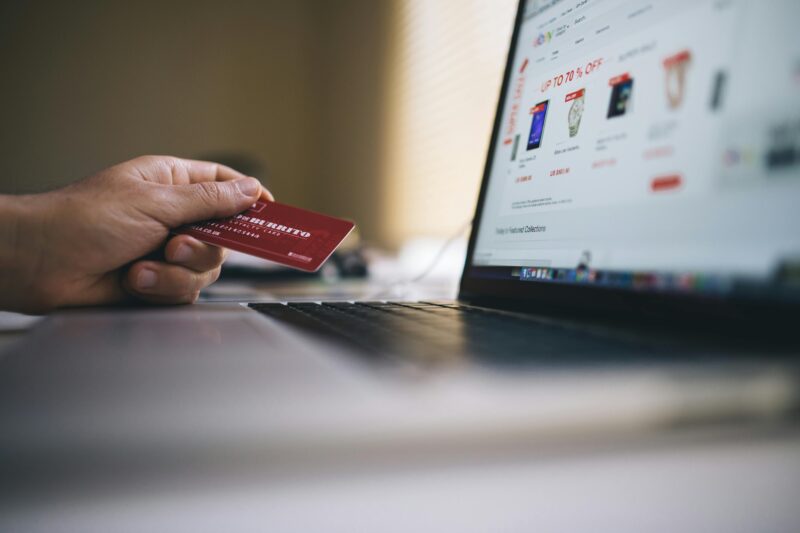Contactless payments have changed how businesses and consumers transact. The technology allows you to swipe your digital card at the point of sale to complete all your payments.
But do you think it’s time to get rid of traditional payment methods like Chip & PIN?
Let’s find below out if the merits and demerits of contactless payments are enough convictions to eliminate traditional payment methods.
Advantages of Contactless Payments
Here are some of the key reasons you should consider contactless payment:
1. Ease of Use
If there’s one thing that makes contactless payment stand out, it’s its incredibly user-friendly feature.
You can adopt the payment system easily without much hassle. Besides, you can complete your transactions swiftly with a simple tap or wave of a card or mobile device.
2. Speedy Transactions
Speed is the name of the game when dealing with contactless payments. They reduce checkout times, making them ideal for busy consumers and retailers.
No customer has to wait for their turn to insert their card into the machine or remember to carry it in the first place. It only takes a touch of the card reader to complete the payment.
Additionally, contactless payments are also faster than traditional payment methods. You can make a payment when on the highway or when waiting for a train or bus.
3. Convenient Payments

Gone are the days of carrying cash or fumbling with cards to ensure your money is safe in your wallet.
Contactless payments have streamlined the payment process, enhancing overall convenience. You’ll not even try to forget your phone since making payments is within sight and ready for action.
All you need to do is tap on the card reader prompted on your screen through the app or website, and you’re done.
You don’t need to fumble with complicated card readers or seek help from store owners from time to time.
Contactless payment offers the peace of mind you need to seamlessly continue with your busy office schedules.
4. Safer Transactions and Fraud Protection
Contactless payment technology is a more secure way to complete transactions since the process is encrypted, minimizing hacking attempts.
Compared to traditional payment alternatives, this new technology offers a more secure option to complete even huge payments without risking your money.
It ensures safer transactions by providing robust fraud protection, benefiting both consumers and businesses.
The technology uses a unique code that is not linked to someone’s bank account to make online payments at a participating merchant.
This means that if a hacker steals your card, they cannot access the personal information linked to it. Accessing the card’s financial institution’s database is only possible if the hacker can access the card’s database, something not many criminals can do.
5. Loyalty Benefits

Top contactless payment methods like Mastercard and Near Field Communication (NFC) offer loyalty programs and rewards.
These rewards — including cashback, points, and discounts, encourage users to use contactless payment over other payment options.
Customers can get rewarded based on their purchase history and preferences, which further encourages to engage with the payment option and become more loyal.
Disadvantages of Contactless Payments
Some key disadvantages to keep an eye on include the following:
1. Security Concerns

Even though contactless payments are viewed as secure, there are still concerns about data breaches and privacy, making many question whether it’s a lasting financial technology.
Many still doubt the payment system since it doesn’t need PIN authorization. They fear fraudulent purchases may happen if the contactless card is lost or stolen. But most banks try to curb this by guaranteeing a 100% fraud guarantee in case one loses.
2. Limited Acceptance
Not all businesses accept contactless payments, which can be inconvenient for users who rely solely on this method.
Most retailers are still skeptical about contactless payments, given the unsure nature of the safety of the method.
However, its adoption in recent years implies that it may soon be fully integrated into payment systems.
3. Low Transaction Limit
Contactless payments often have a capped transaction limit, limiting their usability for larger purchases.
Like in India, as per the RBI ruling, the UPI payment method has a capping of Rs 10,000 per transaction. And many believe that for higher value transactions, entering a PIN is necessary for fraud protection purposes.
In most cases, a section of consumers can find the capping rule a hindrance to their shopping experience.
4. Technical Limitations
Relying on technology can be a double-edged sword. Technical glitches or system failures can leave users with problems when shopping.
Besides, the mobile tap-to-pay needs all users to have an NFC compliant phone. So, without the requisite, using the system may be a tall order sometimes.
5. Limited International Availability

The acceptance of contactless payments varies globally. Travelers may find this payment method not universally available in some countries.
Despite similar technology, some mobile wallets used for contactless payments do not get accepted abroad. You may also incur an additional foreign transaction fee.
Wrapping Up
Contactless payment systems are a convenient way to pay for goods and services without using cards or the hassle of carrying cash. They also have other benefits, such as speed, terms of use, security, and flexibility.
However, you should also factor in some of its downsides when you want to use it fully. That way, you’ll be ready to incorporate it into your day-to-day payment activities. Besides, you should also know the time transactions take so that you dive into the payment system when you are fully ready.